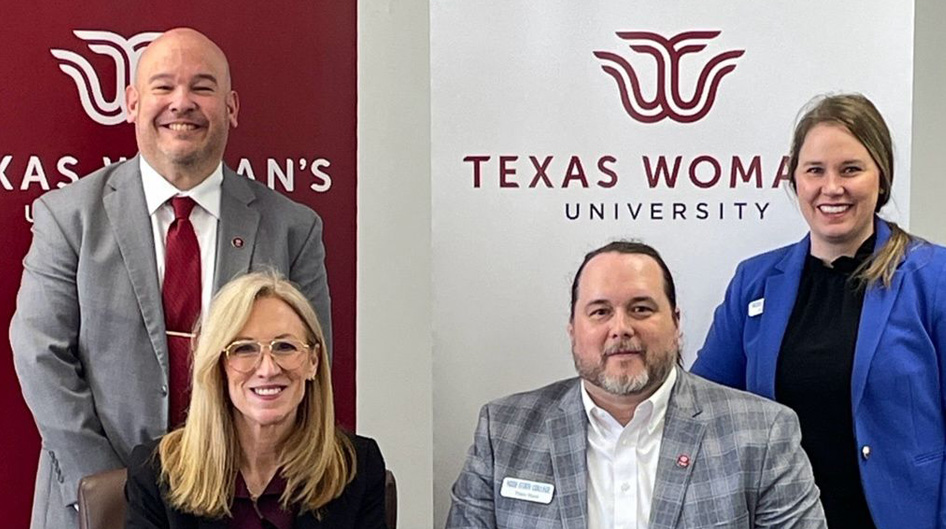ADA Quick Points
LAWS
Americans with Disabilities Act, as amended (ADAA - 2008)
Americans with Disabilities Act (ADA - 1990)
Rehabilitation Act, Section 504 (504 - 1973, amended 1978)
These federal laws are civil rights protection for individuals with disabilities. A person covered under the law(s) is someone
- with a physical or mental impairment that substantially limits one or more major life activity,
- has a history or record of such impairment, or
- is regarded as having such an impairment.
INTENT
Removal of barriers - physical, attitudinal, programmatic, technical – and provision of accommodations is to provide equal access and equal opportunity to enjoy the benefits of and participate in the services, programs, and activities afforded and available to others.
At the postsecondary educational level, a qualified student with a disability is a student with a disability who meets the academic and technical standards requisite for admission or participation in the institution's educational program or activity.
Section 508 (Rehabilitation Act) requires that electronic and information technology (E&IT) is accessible to people with disabilities, including employees and members of the public. This includes websites, learning management systems, and online interface tools or systems (e.g., the application process, enrollment)
What academic adjustments must a postsecondary school provide? (U.S. Dept of Ed, OCR)The appropriate academic adjustment must be determined based on the disability and individual needs. Academic adjustments may include auxiliary aids and services, as well as modifications to academic requirements as necessary to ensure equal educational opportunity.
Examples of adjustments:
* priority registration;
* reducing course load;
* substituting one course for another;
* providing note takers, recording devices, sign language interpreters;
* extended time for testing; and
* equipping school computers with screen-reading, voice recognition, or other adaptive software or hardware.
In providing an academic adjustment, postsecondary ed is not required to lower or substantially modify essential requirements. For example, although the school may be required to provide extended testing time, it is not required to change the substantive content of the test.
In addition, your postsecondary school does not have to make adjustments that would fundamentally alter the nature of a service, program, or activity, or that would result in an undue financial or administrative burden.
And, the postsecondary school does not have to provide personal attendants, individually prescribed devices, readers for personal use or study, or other devices or services of a personal nature, such as tutoring and typing.
Source of information from www.ada.gov.




